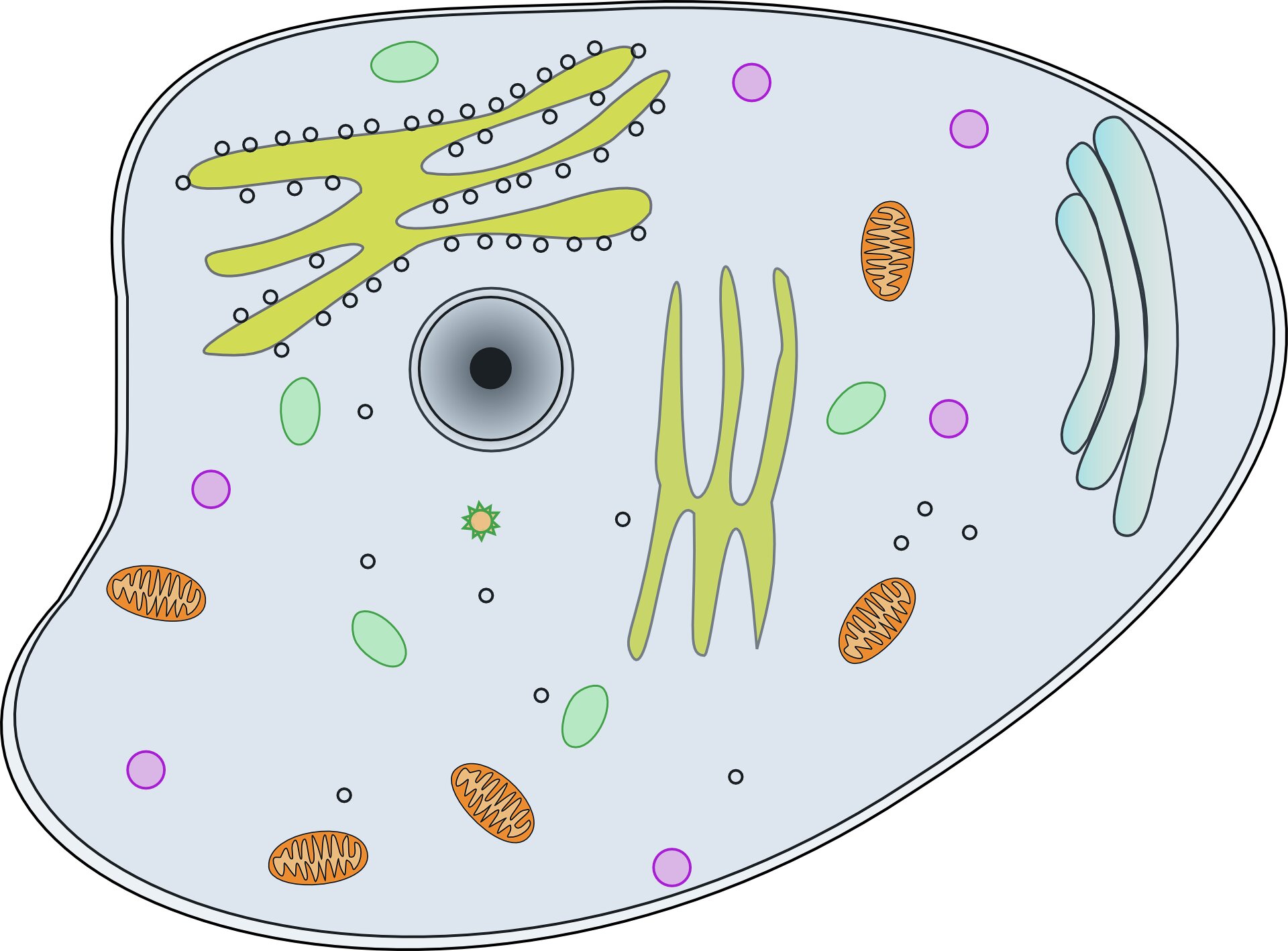Our body’s cells have an incredible way of communicating with each other. They exchange virus-like vesicles, which act as messengers, keeping each other informed. Pascale Zimmermann’s group from the Department of Human Genetics has dedicated years to studying these vesicles. Their research is crucial in harnessing the potential of these intercellular messengers in medicine.
In the past, extracellular vesicles were considered nothing more than garbage bags. Cells would wrap their waste products in a membrane and dispose of them to maintain cleanliness and order. However, in the 1980s, it was discovered that these vesicles were far from ordinary waste containers. They turned out to be messengers, transferring signaling substances from one cell to another. Similar to hormones, extracellular vesicles (EVs) are complex and play a vital role in maintaining the balance of our body’s biochemistry and physical health. However, they can also contribute to disease. EVs can be both life-saving and life-threatening. For instance, during a heart attack, they encourage heart cells to protect themselves, but in the case of a tumor, they help cancer cells evade the immune system.
The biomedical sciences have shown great interest in EVs due to their presence in body fluids like blood, urine, and saliva. These freely circulating organelles offer immense potential as easily detectable biomarkers for early diagnosis. EVs not only carry the biochemical characteristics of their originating cells but also provide information about the health of these cells. In the context of cancer, EVs that act as messengers between cancer cells and the host environment can be referred to as “disease EVs.” Theoretically, it is possible to detect tumors at an early stage using a simple saliva test. Furthermore, EVs could be utilized for delivering healing substances to damaged tissues or reprogramming cells as a novel form of cell therapy. However, we are not yet fully prepared to exploit the potential of EVs in diagnostics or therapeutics. Insufficient understanding of their underlying biology, partly due to their previous classification as cell biological waste containers, hinders progress. Pascale Zimmermann, an EV researcher at KU Leuven and the Cancer Research Center of Marseille, emphasizes the need for a better understanding of the biology of these intercellular messengers before their medical applications can be realized.
Zimmermann and her colleagues have made significant progress in unraveling the complex biology of EVs. In their recent publication, “PDZ scaffolds regulate extracellular vesicle production, composition, and uptake,” they shed light on the basic molecular mechanisms behind the formation, programming, and exchange of EVs. This breakthrough places Zimmermann’s group and KU Leuven at the forefront of EV research.
One of the key findings of their research is the strong dependence of EVs on a specific group of membrane-bound proteins called PDZ proteins. These proteins have evolved alongside multicellularity and play a crucial role in regulating the production and utilization of EVs. Zimmermann highlights the example of a PDZ protein that acts as a messenger between eye cells in fruit flies. This protein regulates the signal to protect the cells of the retina when exposed to light. Without this PDZ protein, the fruit fly experiences retinal damage. The role of PDZ proteins in EV biology is reminiscent of how viruses detach from the membranes of the cells they infect. Although EVs cannot hijack cells like viruses, they have the ability to reprogram them.
While the medical applications of EVs are fascinating, Zimmermann’s research is primarily driven by scientific curiosity. She obtained her Ph.D. in pharmaceutical sciences and acknowledges that without fundamental research, rational applications would not be possible. The publication of their work in PNAS marks a significant milestone in understanding EV biology and paves the way for future advancements in the field.








